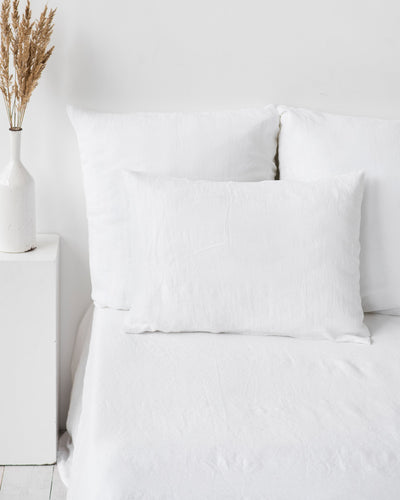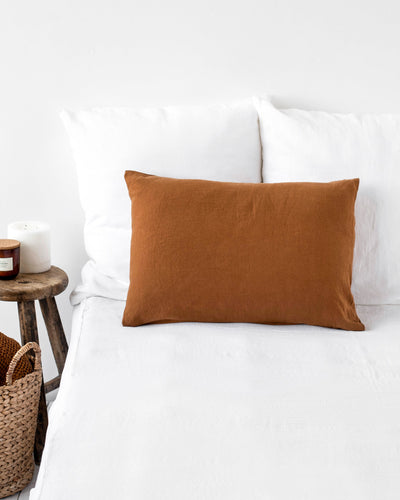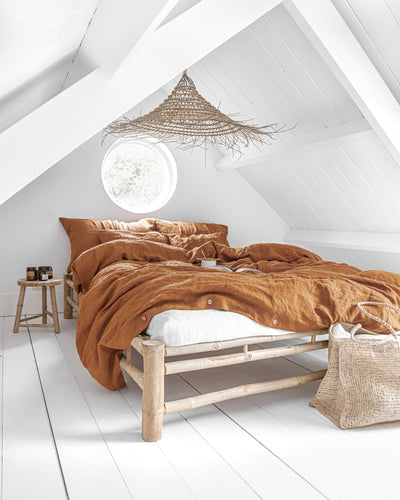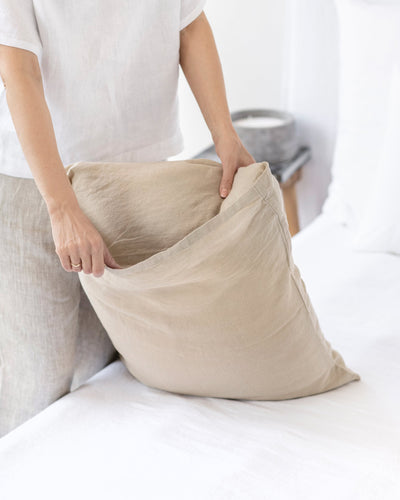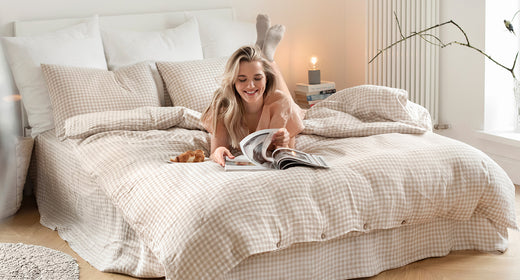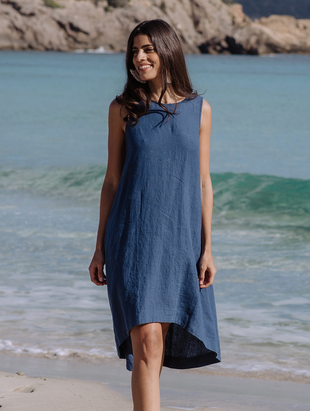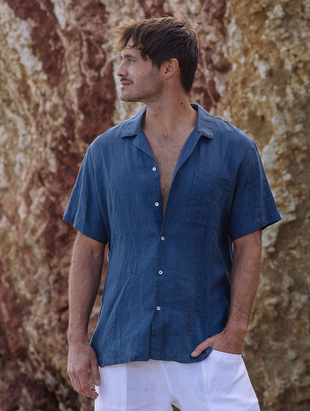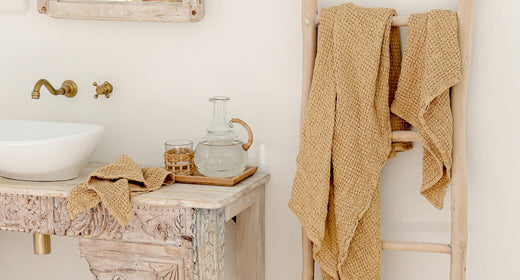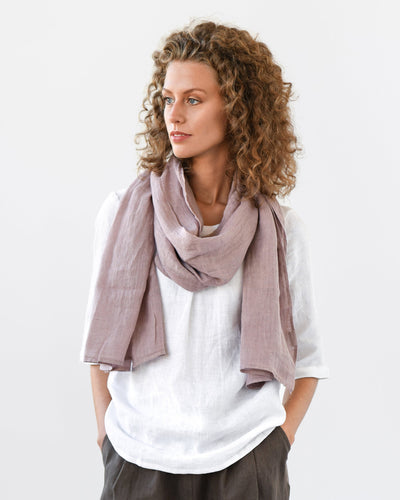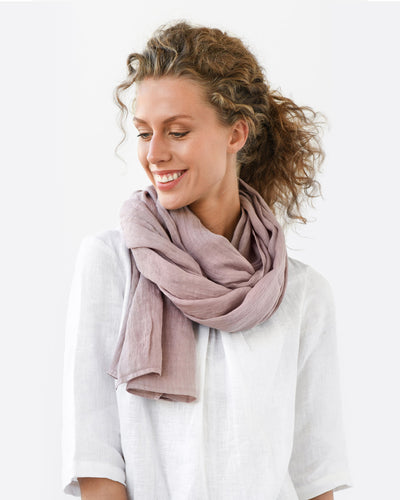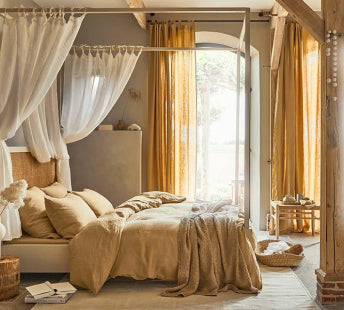Wabi-Sabi: The Perfectly Imperfect Way of Living
There was feng-shui, there was hygge, and now there is wabi-sabi. Indeed, if you’re a fan of interior design blogs, you may have heard this term being credited as one of the hottest living trends in 2018.
But what is it exactly, what’s the reason for its popularity, and how can you incorporate wabi-sabi in your own home — all these questions and more we will answer today!
What’s in the name?
The term merges two Japanese words — and two concepts — into a unique blend that works both as an aesthetic and a philosophy. Wabi on its own alludes to intentional, rustic simplicity, humility, and being in tune with nature. It talks about embracing what you have and who you are.
Sabi, on the other hand, refers to longevity, persistence, and the beauty that comes with age. In both things and people, it describes the earned versus the fabricated qualities.
Wabi-sabi as a way of life
Together, the two separate words form a new concept that defines a simple, humble way of being: appreciating the things around you, finding beauty in imperfection, and understanding the world’s impermanence.
You could say it sounds a lot like minimalism, but the premise of wabi-sabi is not so much about getting rid of things, decluttering, and editing your space to look neat and clean like a Kinfolk magazine spread — rather learning to feel content with the things that surround you as well as the things that might be missing.

You could also say it is somewhat similar to hygge, the Scandinavian concept focused on coziness, slow living, and wellbeing. However, wabi-sabi, unlike its counterparts, underlines the importance of nature, organic form, and, most uniquely, negative aspects of life which signify the passage of time.
Wabi-sabi as part of your interior
In a broad sense, wabi-sabi is the opposite of sleek, curated interiors, clean lines, geometric shapes, and technology-rich spaces. Wabi-sabi is flea markets, reclaimed, upcycled items, heirlooms, unmade bed in the morning, wrinkled shirt and worn out boots…
In interior design, wabi-sabi manifests itself through natural materials such as wood and clay, one-of-a-kind items that are handmade or passed down generations, a healthy balance between function and form, and an earthy color palette of blacks, browns, grays, greens, and rusts or basically any pared-down color that creates a soothing, calming ambiance.


Why linen is perfect for a wabi-sabi home
It’s pretty straightforward, really. The wabi-sabi philosophy tells us to appreciate natural materials, things that have weathered the test of time, things that aren’t mass produced. Linen is all those things and more!
Flax, from which linen is made, is known as the strongest natural fiber in the world. By extension, linen is a very durable fabric that gets better with time. The natural crumpledness of linen is yet another thing that just screams wabi-sabi: wrinkles, which some see as an imperfection, actually signify the quality of linen.
The main lesson in wabi-sabi is that there is no wrong way of doing it. You don’t have to be an expert or have big budgets to spend. Simply get into the mindset of appreciating instead of perfecting your space.

Look around your home and you’ll be surprised how many things already play into the whole concept of wabi-sabi. If you need a new planter, consider making one yourself out of clay, if your wooden table has scratches all over it, proudly show them off, if you need some new tea towels, cut up your old linen sheets... Simply put, be creative.
For more ideas on how to introduce wabi-sabi into your home, visit our Pinterest page!
 United States
United States
